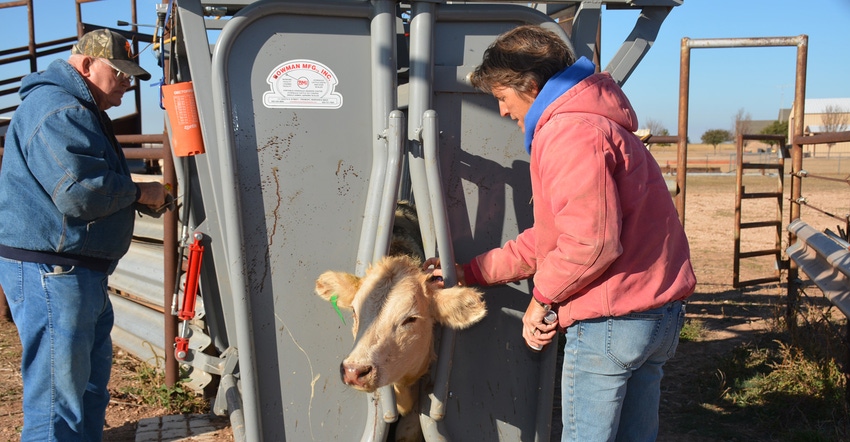
The past year was another one of building herds and increasing beef production. The nation’s cow herd finally recovered to pre-drought levels, as did beef production.
The year held a great reminder that while supplies grow and prices decline, demand growth can still spur strong prices rallies like those experienced in the spring and fall. Demand for fed cattle fueled by packing profits pulled fed cattle ahead while the same factors led to more cattle on feed.
Faster rates of fed cattle slaughter pulled weights down and moderated beef production growth. Demand for calves and feeders caused a welcome year-over-year increase in fall calf prices. All the while beef exports pushed to a record high of about 2.8 billion pounds eclipsing the 2011 record of 2.78 billion pounds.
The new year is expected to bring increased beef production and confirmation of continued herd expansion in 2017. Beef production is expected to be a record of about 27.3 billion pounds, 4 percent more than last year, surpassing the old beef production record of 27.1 billion pounds in 2002. But, it’s important to remember that larger exports and smaller imports in 2018 versus 2002 means that we will actually have smaller domestic beef supplies (per capita) than in 2002. Despite a year over year increase in per capita beef consumption in the U.S., retail beef prices are holding close to year earlier levels at the end of 2017.
Feeding profits led to higher calf and feeder prices late in 2017. But, the cow herd is likely to increase in size again, putting more calves on the market in 2018. Southern Plains steer prices are likely to be significantly lower in the fall of 2018, compared to 2017.
In general, feeder and fed cattle prices are expected to decline in 2018 as larger cattle supplies pressure prices. With cattle numbers and beef production certain to expand again in 2018, the extent of price pressure will depend, as in 2017, on domestic and international beef demand.
The future of U.S. trade agreements will remain uncertain for beef markets in 2018. Withdrawal from earlier trade agreements could cause major disruption in all U.S. meat markets and will likely lead to the imposition of higher tariffs, making our beef less competitive.
Not only is beef production to be record large, but so are pork and chicken production, leading to another year of record large total meat supplies. There will be plenty of competitively priced pork and chicken for consumers to choose. Low feed costs will likely continue to fuel increased meat production. Continued good domestic and export demand for live cattle and beef will be necessary to moderate calf price declines in 2018.
About the Author(s)
You May Also Like




